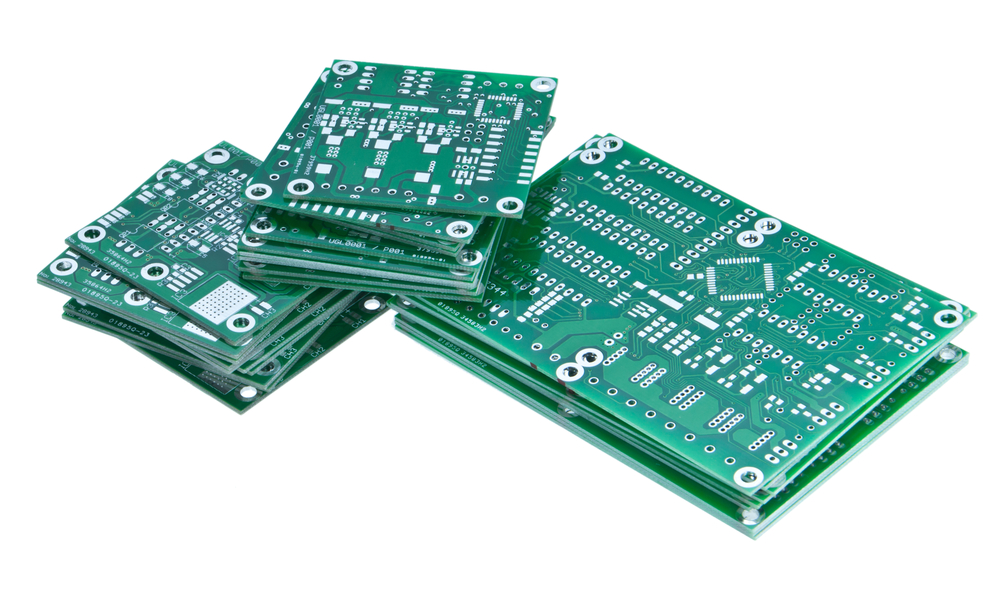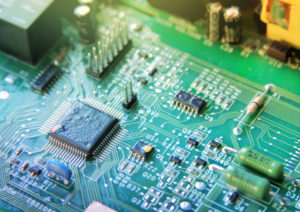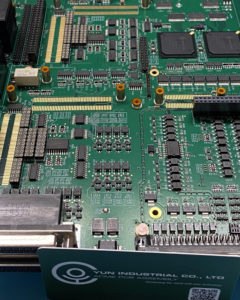Can a Rigid Printed Circuit Board Include Both Surface Mount and Thru-Hole Technology?
When engineers design a rigid printed circuit board (PCB), one of the key decisions they face is choosing the right assembly method. In today’s fast-paced electronics industry, Surface Mount Technology (SMT) dominates due to its compact footprint, cost-efficiency, and performance. But what if your design also includes components that require more robust mechanical support?
The answer lies in a hybrid assembly approach, where both SMT and thru-hole technology are used on the same board. This combination isn’t just possible—it’s often the most effective solution for complex or specialized electronic devices.
 Why Surface Mount Technology Is the Industry Standard
Why Surface Mount Technology Is the Industry Standard
Most rigid PCBs today rely on SMT assembly, and for good reason. SMT components are small, lightweight, and can be mounted on both sides of a board. This allows manufacturers to:
Fit more components in a smaller area
Reduce manufacturing costs and time
Improve electrical performance
Streamline high-volume production
With SMT, the board design can stay compact without compromising functionality. That’s especially valuable for mobile devices, wearables, consumer electronics, and automotive applications where space is at a premium.
Why Thru-Hole Technology Still Matters
While SMT has many advantages, thru-hole technology still has its place in modern PCB design. Certain components—like large capacitors, inductors, relays, and connectors—need the strong mechanical bond that only thru-hole soldering provides.
Benefits of thru-hole assembly:
Greater mechanical strength for heavy or high-stress components
Better resistance to environmental factors like vibration and heat
Preferred in mission-critical or industrial applications
These features make thru-hole ideal for aerospace, automotive, medical devices, and power electronics.
The Hybrid PCB Assembly Solution
So, can a rigid printed circuit board support both technologies? Absolutely. In fact, it’s quite common for high-functioning, space-efficient designs.
A hybrid PCB uses SMT for the majority of components—especially smaller ICs and passive parts—while reserving thru-hole assembly for those that require additional strength or support. This approach allows manufacturers to balance density, performance, and reliability on a single board.
 When to Use a Hybrid PCB Design
When to Use a Hybrid PCB Design
A hybrid design is typically used when:
Your board contains connectors or other components that must be securely fastened through the board
Mechanical strength or long-term durability is critical
You need to maximize PCB real estate without compromising reliability
The design calls for mixed-voltage components or different power requirements
Hybrid PCBs are also ideal for prototypes, military-grade electronics, and high-performance industrial systems.
Choosing the Right Electronic Contract Manufacturer
Working with an experienced electronic contract manufacturing service provider ensures that your board is built with the precision and quality your application demands. At ACME PCB Assembly, we specialize in hybrid PCB builds that combine the best of both technologies.
Our Capabilities Include:
Prototype and Rework Services
With over 26 years of experience and an ISO 9001:2015 certified facility in Carson, California, we provide high-quality, on-time, and cost-effective solutions for projects of all sizes.
Let’s Talk About Your PCB Project
Not sure whether you need SMT, thru-hole, or a hybrid PCB assembly? Our knowledgeable team is ready to help. From design to final box build, ACME PCB Assembly is your trusted partner for electronic contract manufacturing services.
📞 Contact us today to discuss your project requirements and get a quote!


 Why Surface Mount Technology Is the Industry Standard
Why Surface Mount Technology Is the Industry Standard When to Use a Hybrid PCB Design
When to Use a Hybrid PCB Design